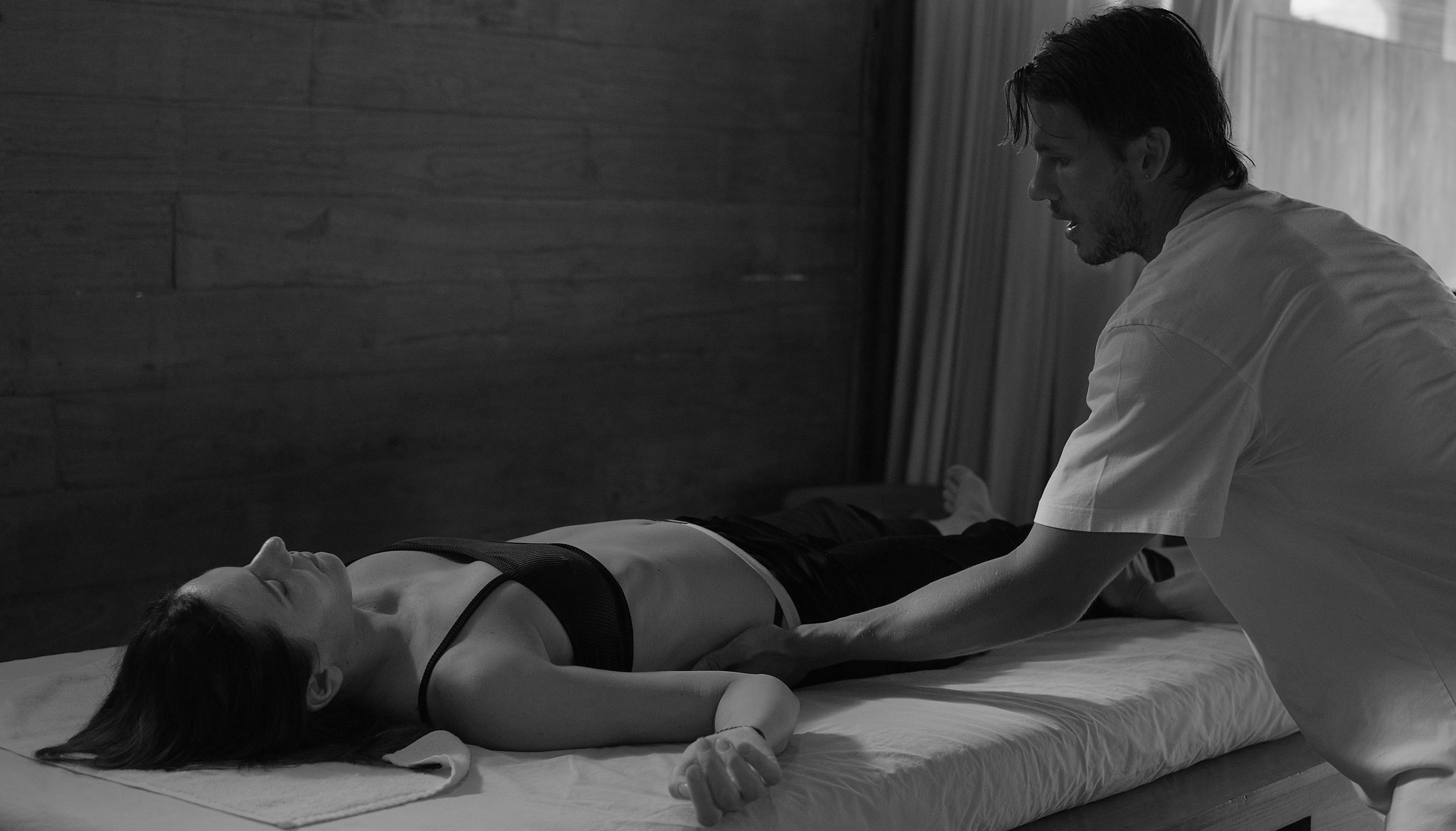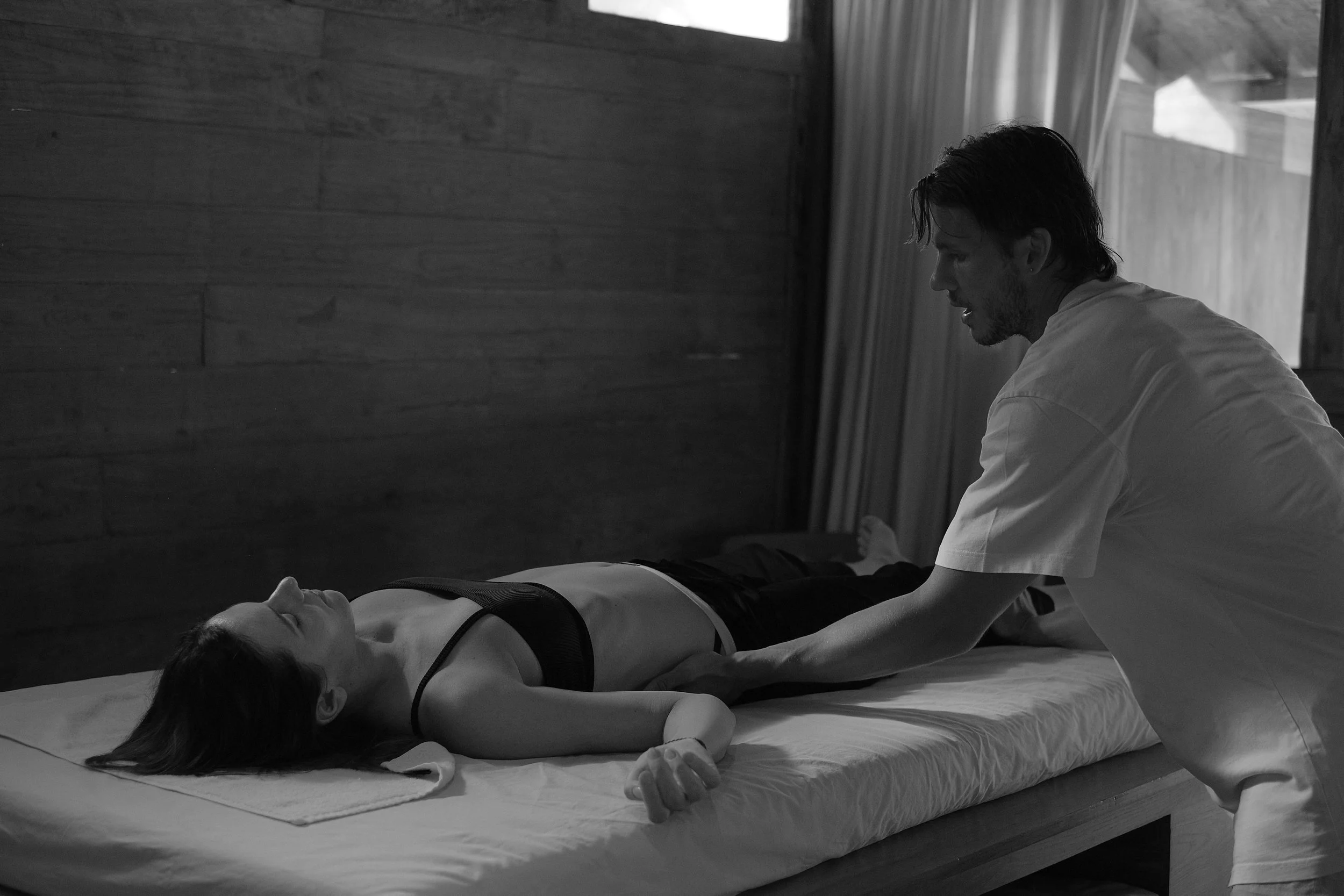
The Science Behind the Method
Breath
Breath is the main ingredient we use every day, as humans and the same is true during our sessions.
It is unique because it’s both automatic and voluntary, offering direct influence over the autonomic nervous system. Slow, diaphragmatic breathing activates the vagus nerve, increasing parasympathetic tone and promoting calm (Laborde et al., 2020). Breathwork significantly reduces stress, anxiety, and depression (Jerath et al., 2017), boosts heart rate variability - a key marker of resilience and nervous system health (Laborde et al., 2020), and improves emotional regulation (Belz et al., 2023).
Conscious Connected Breathwork (CCBW) can also induce altered states of consciousness similar to psychedelic experiences, fostering profound emotional release, personal insight, and lasting positive changes in outlook and behaviour (Belz et al., 2023; Smith et al., 2025).
Touch and Bodywork
Touch is our first language as a child.
Therapeutic touch stimulates skin pressure receptors, signalling the brain via the vagus nerve. This reduces heart rate, lowers cortisol, and increases oxytocin, promoting safety and emotional soothing (Field, 2014). Research shows touch therapies decrease anxiety, pain, and depression, shifting the body into a parasympathetic “rest and digest” state (Field, 2014; Moyer et al., 2011).
Movement
Physical movement is used extensively during our sessions. It has been proven to boost endorphins, improves circulation, and regulates stress hormones like cortisol and adrenaline (Ratey, 2008).
Rhythmic, mindful movement synchronizes brain rhythms and may help release trauma stored in the body, restoring a sense of safety and agency (Van der Kolk, 2014).
Sound
Making various sounds is encouraged during our sessions. Also, I design a personally curated playlist to support your session.
Sound shapes brainwaves and emotional states. Frequencies used in practices like chanting, humming, or sound baths promote alpha and theta waves linked to promoting relaxation and creativity (Braboszcz et al., 2023; Chanda and Levitin, 2013). Music and vibration therapies reduce anxiety, regulate breathing and heart rate, and modulate pain perception (Koelsch, 2015; Perry, 2017).
Sound vibrations can help release tension stored in the body, improve emotional processing, and induce meditative or even altered states of consciousness, offering profound relief for individuals recovering from trauma (Koelsch et al., 2024; Belz et al., 2023).




